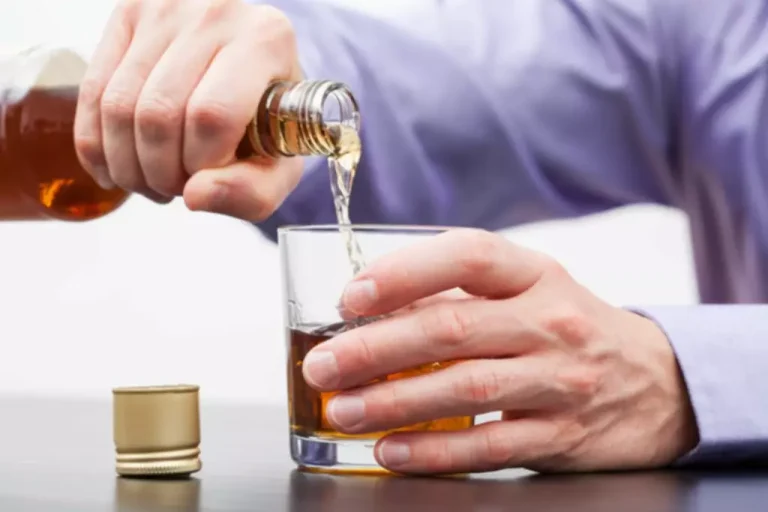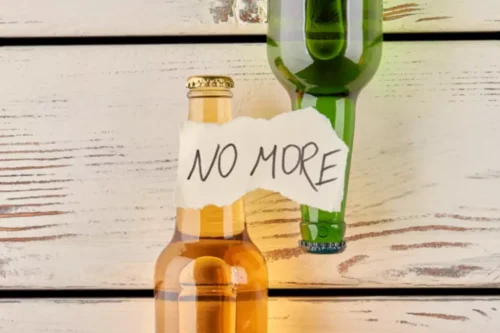High Risk Substance Use in Youth Adolescent and School Health

These symptoms include a decline in sex interest, a drop in appetite, problems sleeping, confusion, impatience, anxiety, sorrow, Impulsivity and violence, issues with memory and concentration, and insomnia are a few of them. Unsettlingly, it is rising in popularity in India, particularly among teenagers [31]. Psychological issues, including mental illness, traumatic experiences, or even general attitudes and ideas, might contribute to drug usage. Several factors can contribute to emotional and psychosocial stress, compelling one to practice drug abuse. It can be brought on by a loss of a job because of certain reasons, the death of a loved one, a parent’s divorce, or financial problems.

Teen Drug Abuse: Signs, Risks, and Treatment
- Unsettlingly, it is rising in popularity in India, particularly among teenagers [31].
- A 15-year-old boy was among 21 teenagers who overdosed at a music festival where a girl died, it has emerged.
- On a prolonged attentional processing test, marijuana usage before age 16 was linked to a shorter reaction time [29].
- The Monitoring the Future investigators did see a slight drop in response rate across all age groups, indicating that a small segment of typical respondents may have been absent this year.
- This approach can help break the cycle of addiction and crime, ultimately leading to safer and healthier communities.
Substance use disorders amongst adolescents have long-term adverse health effects but can be mitigated with efficient treatment [7]. Co-users consumed more illicit drugs (Magill et al., 2009; Green et al., 2016; Hayaki et al., 2016; Patrick et al., 2018) than those that used alcohol only. There is also evidence that the simultaneous use of alcohol and cannabis together have greater effects on risk for future substance use-related problems than concurrent use (Brière et al., 2011). Similarly, simultaneous users show increased use of illicit drugs compared with those who concurrently use both substances (Patrick et al., 2018). Unfortunately, without longitudinal studies following adolescents before substance use initiation, it is difficult to infer the directionality of these relationships; therefore, interpretations of these results should be cautiously done. Nicotine and alcohol also have additive effects on the risk for future substance use in that concurrent use predicts a greater risk of future substance abuse.

Mind Matters Series

Contact medical professionals immediately if you or someone you know is experiencing withdrawal. The latest research from the CDC found there were bystanders present at two thirds of teen overdose deaths. Tanz, the CDC researcher, sees this as a potential opportunity for intervention and education. He’s learned that telling teens to warn their friends about fentanyl is more powerful than stoking fear of their own harm.
Tobacco and E-Cigarettes
Substance abuse and crime are inextricably linked, with drug use often serving as a catalyst for criminal behavior. It’s a complex relationship, with drug use influencing the likelihood of engaging in illegal activities and criminal involvement potentially leading to increased drug use. The 2022 Health and Lifestyle Survey conducted by the Institute of Mental Health found that the mean age of the start of drug abuse in Singapore was 15.9 years, with many consuming the drugs at home. SINGAPORE – A new drug test kit that provides nearly instant results is being evaluated by the authorities amid a rise in teen drug abuse here. The activity has been proven to be extremely dangerous in many situations, with drunk driving accidents killing thousands of teens each year.
Other NIDA Sites
The most important thing to remember is that teens need support before, during, and after substance or alcohol abuse treatment. Withdrawal typically happens to people who have become addicted or dependent on substances and suddenly stop using them. Some teenagers are more at risk of developing an alcohol or drug problem than others. Ed Ternan, a father from Pasadena, Calif., runs the nonprofit Song for Charlie with his wife, Mary.
Statistics on the Impact of Substance Abuse on Crime Rates
- Co-users consumed more illicit drugs (Magill et al., 2009; Green et al., 2016; Hayaki et al., 2016; Patrick et al., 2018) than those that used alcohol only.
- Conversely, teenagers with mental health issues are more likely to use substances to cope with their problems.
- Furthermore, recreational drug use is a neglected contributor to childhood morbidity and mortality [5].
- Remember, drugs change the brain—and this can lead to addiction and other serious problems.
Diet pills, caffeine pills, and cold and flu products with dextromethorphan are just a few examples of OTC substances teens may use. They may also have access to family member’s prescriptions for drugs like opiate painkillers and stimulants or get them from friends who do. Drug and alcohol use can lead to substance use disorder as well as the specific health risks of the substance being abused. The reasons why any person uses drugs are complex, and the same is true for teens. Wanting to fit in with peers, feeling overwhelmed by their changing brains and bodies, and pressure to perform in school or sports are just a few reasons why teens may start experimenting with drugs.

Regional, County & Sub-county Data
Cannabis use is common among first-episode psychosis patients (Katz et al., 2016; Abdel-Baki et al., 2017), and cannabis use has been hypothesized to be a causal factor in these disorders (Toftdahl et al., 2016). More recent data appears to confirm this positive association between adolescent cannabis use and schizophrenia spectrum disorders (Arseneault et al., 2002; Jones teen drug abuse et al., 2018), particularly in that cannabis both hastens the onset and amplifies the severity of schizophrenia (Shahzade et al., 2018). However, Hanna et al. (2016) reported better cognitive function in adolescent cannabis users with schizophrenia/schizoaffective disorders, suggesting a potential protective role of cannabis in psychosis-related cognitive dysfunction.
Treatment Options for Substance Abuse
- Substance use disorders amongst adolescents have long-term adverse health effects but can be mitigated with efficient treatment [7].
- Another study has demonstrated the reverse relationship between alcohol use and morphological differences, whereby smaller left dorsal and rostral paralimbic ACC volumes predicted later alcohol-related problems (Cheetham et al., 2014).
- From February through June 2022, the Monitoring the Future investigators collected 31,438 surveys from students enrolled across 308 public and private schools in the United States.
